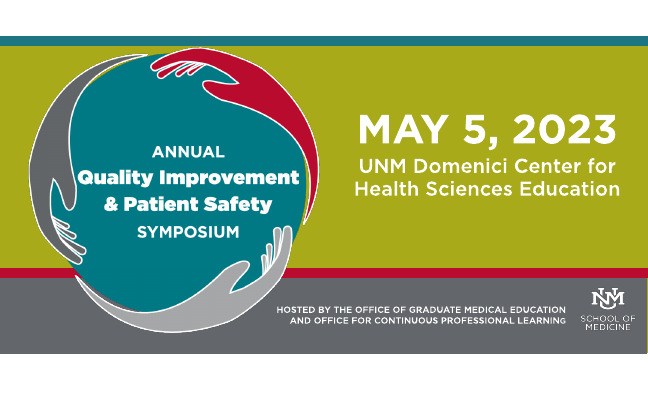Document Type
Poster
Publication Date
5-21-2021
Abstract
Background/Introduction Paracentesis is considered relatively safe when performed therapeutically or diagnostically for patients with ascites. In spite of that safety, complications are still possible as with all procedures. Recent literature shows that deep circumflex artery injuries have been an underreported complication of paracentesis due to anatomical variants in patients with distended abdominal cavities. We note that most of the literature about complications has been done in an outpatient population, not an inpatient population. We are conducting chart reviews to identify if arterial injuries and other complications are present within our inpatient population and to determine if paracentesis procedures have a higher complication risk than previously documented. We hypothesize that complications of paracentesis procedures are potentially underreported, leading to a lower risk assessment especially in an inpatient population.
Methods Data collection will be conducted through chart reviews. A total of 466 chart reviews will be completed for patients that received either therapeutic or diagnostic paracentesis. Data points will include patient details of age, gender, liver disease etiology, encounter type, disposition, platelet count as well as procedure details of time and date, type, indication, primary operator, site, use of ultrasound guiding, amount drained and whether or not albumin was given. Furthermore, information of documented complications will be recorded and includes inability to aspirate fluid, ascitic leak, hematoma, hemorrhage, bowel perforation, infections or death. Interventions such as blood product transfusions, surgery, or ICU transfer are also recorded. Data will be analyzed to assess trends between paracentesis situational factors and subsequent complications or interventions.
Results 24 chart reviews have been done to date, 6 women and 18 men. The indications for paracentesis have included alcohol cirrhosis, hepatitis, cancer and nonalcoholic steatohepatitis. 7 of the patients had multiple etiologies of liver disease, with the most common combination being alcohol and viral hepatitis. 10 patients received albumin after their procedures. There were 7 complications including 3 deaths, 3 infections, and 1 inability to aspirate fluid.
Discussion As we are progressing with our data collection, we have learned that procedure charting methods vary widely among the different disciplines. This has made data collection much more challenging and time consuming as data may be found in a variety of places depending on who entered it. We have also learned that different providers have their own standard data points entered, such as if they used ultrasound guidance, and others who do not include this information. It is also difficult to attribute the complication solely to the procedure as many of these patients are very ill in the inpatient setting. We continue to streamline our processes and look forward to finding out more about this topic.
Recommended Citation
Baca, Kristen; Hannah Howse; Jacob Imber; Deepti Rao; and Anthony Worsham. "Paracentesis Complications." (2021). https://digitalrepository.unm.edu/hsc_qips/61


Comments
Presented at the University of New Mexico GME/CPL 2021 Annual Quality Improvement and Patient Safety Symposium